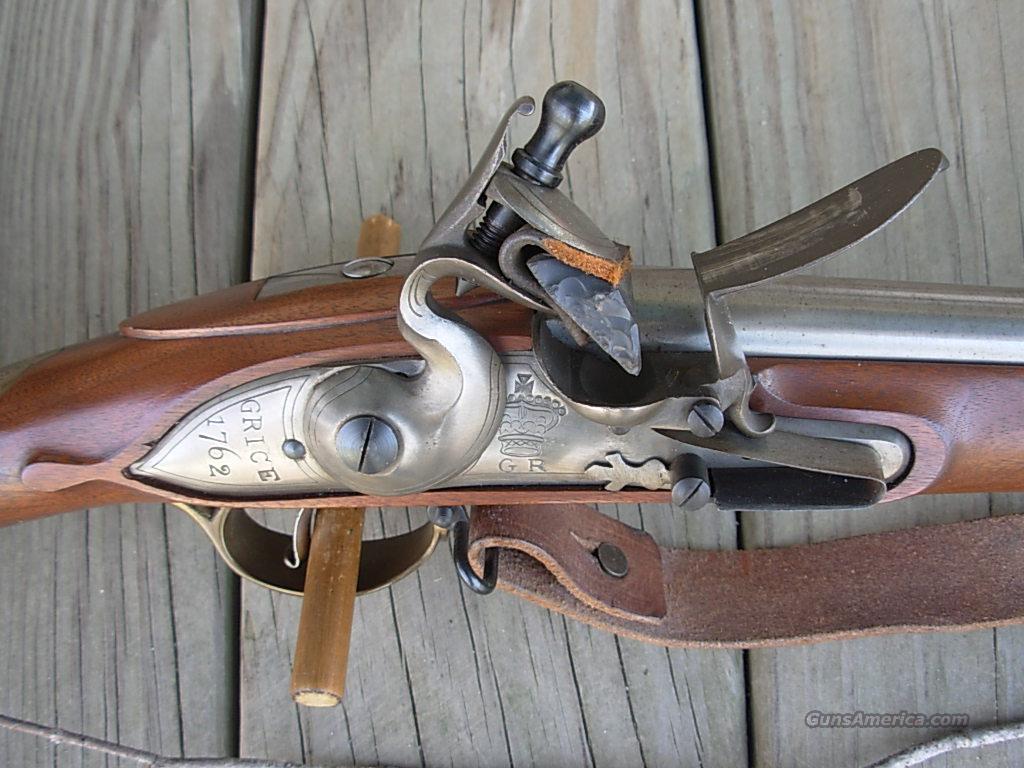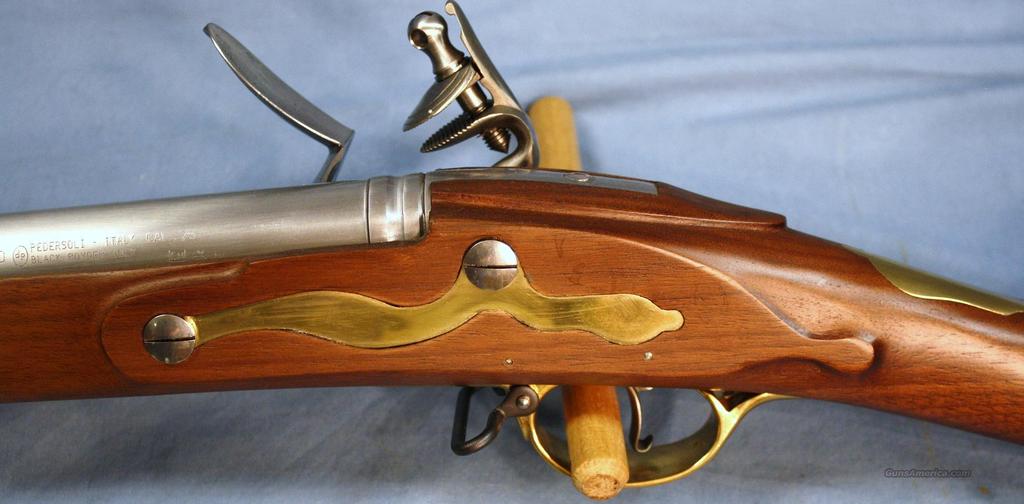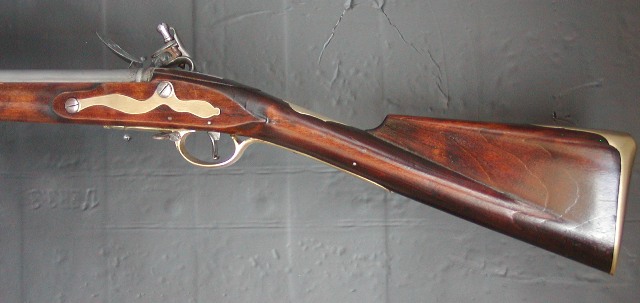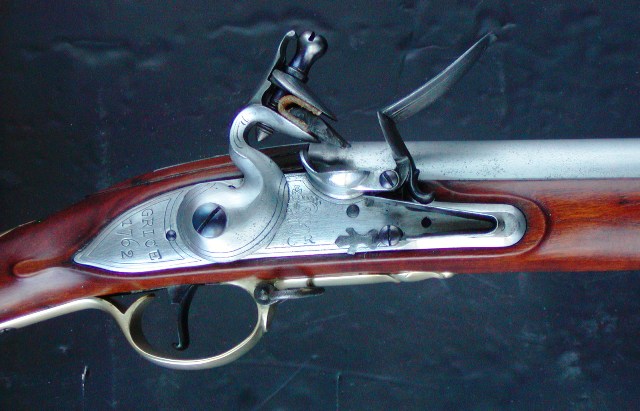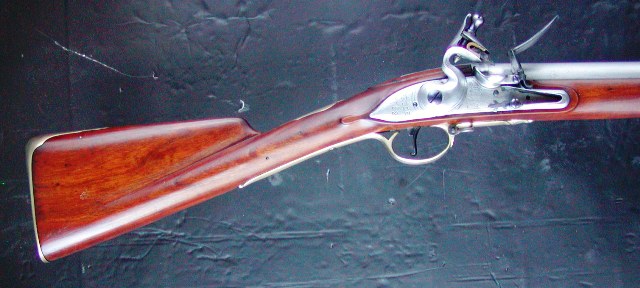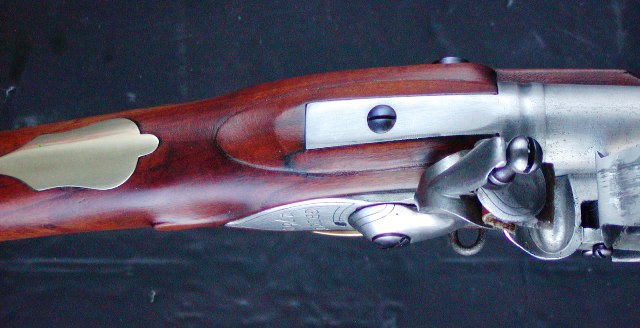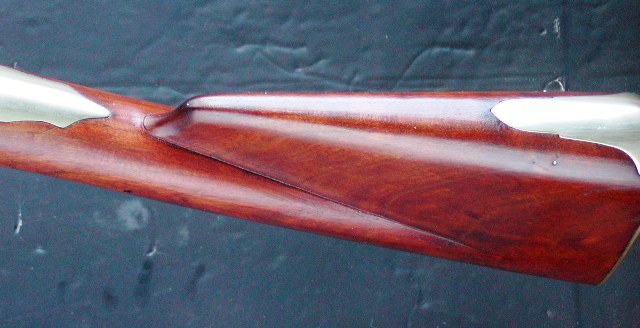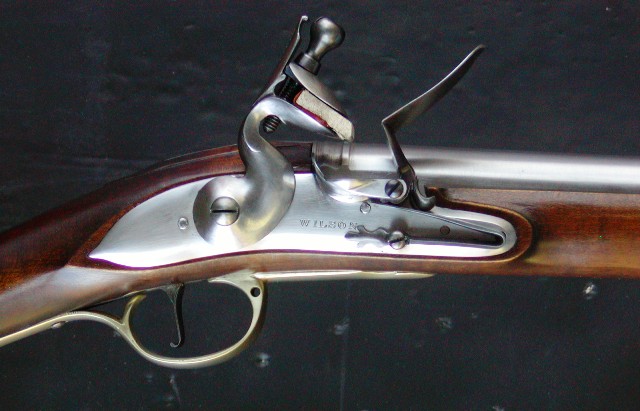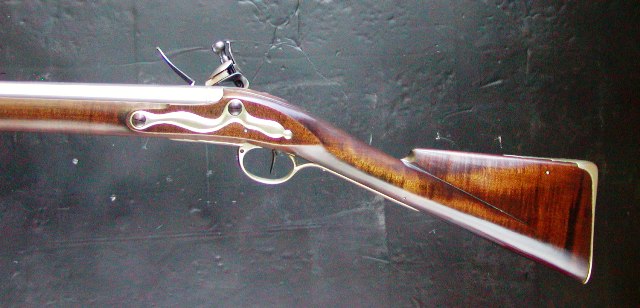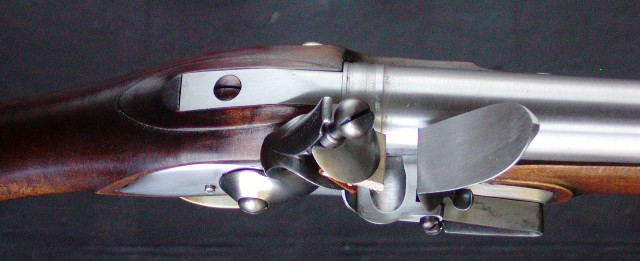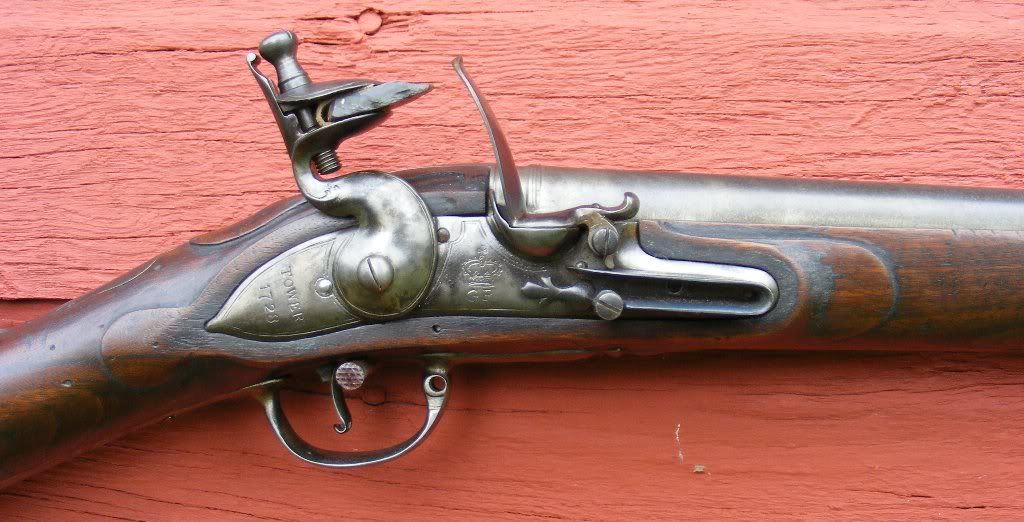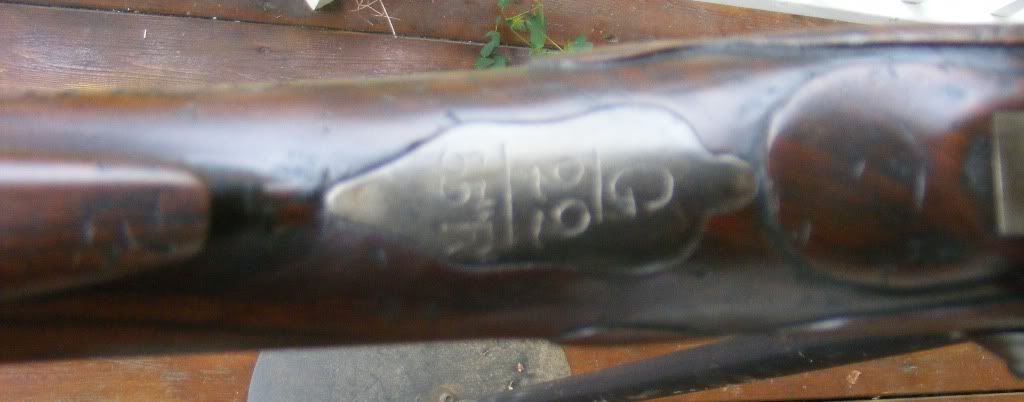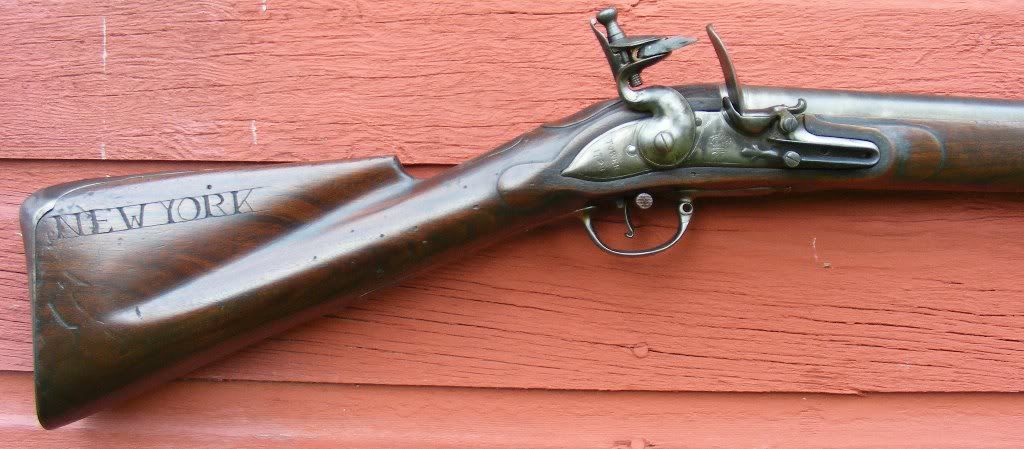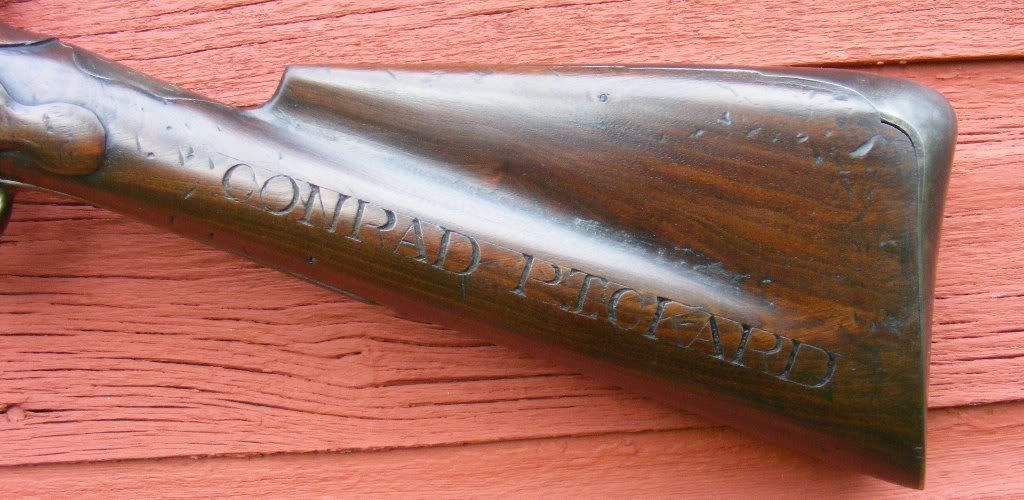When you talk about using the musket for reenacting, you need to be more specific as to the time period for use. There is a big difference between the firearm used during the F&I War or the AWI and also who is using the gun.
No short Land Pattern King's Muskets during the F&I War. All will be Long Land pattern and should have a 46 inch long barrel. Yes, there is the mythology that rangers cut the Long Land Patterns down to a 42 inch barrel. So many muskets used during the F&I war were Belgian or Dutch Muskets built to the British Long Land Pattern configuration. In fact it is more likely to find a Dutch musket in the hands of a British soldier be the soldier a regular infantry or colonial militia. The colonial militia would have the oldest guns with significant wear, but still serviceable. The colonial service guns would be most like an India manufactured musket than anything else. Not to mention that in the Northeast there would possibly be French guns issued from the stores captured at Fort Louisburg.
The AWI would see Long Land Pattern muskets in the hands of colonial militia while the Short Land Pattern Second Model would be used by British regular infantry.
As was mentioned in another reply, you need to know what gun is preferred or used by the unit you want to participate with. It is also true that many more firearms may be acceptable than the one that is truly specific to the unit you will be reenacting. In my F&I War unit, we often have to look the other way when an enthusiastic recruit shows up with a second model musket that could only have been used in the AWI or a third model that would be more likely to have seen service against Napoleon at Waterloo.
When it comes to American made firearms for reenacting, you will be limited to kits from either Track of the Wolf, the Rifle Shoppe or cobbling together parts from a variety of makers of stocks, different makers for locks, and sources for hardware. Then it will take time to put the kit together.




